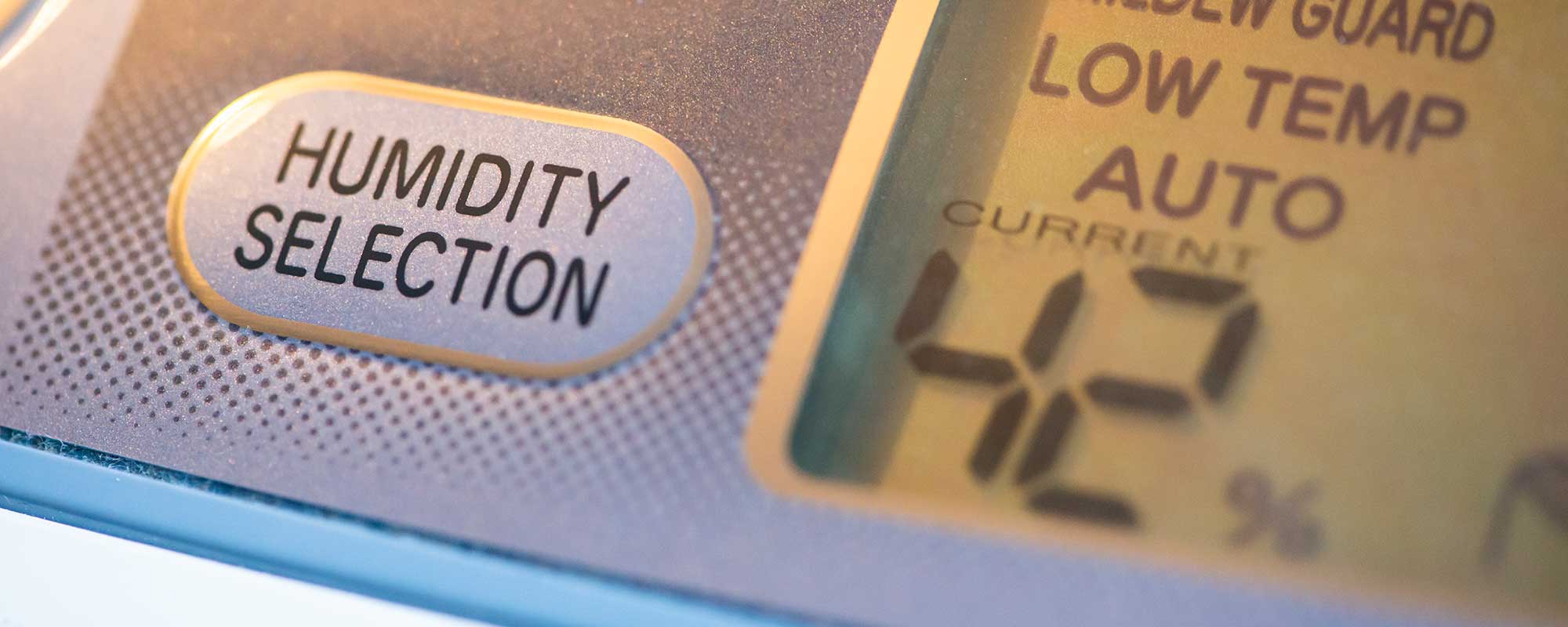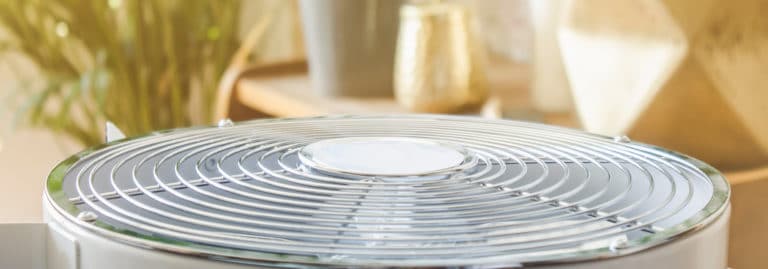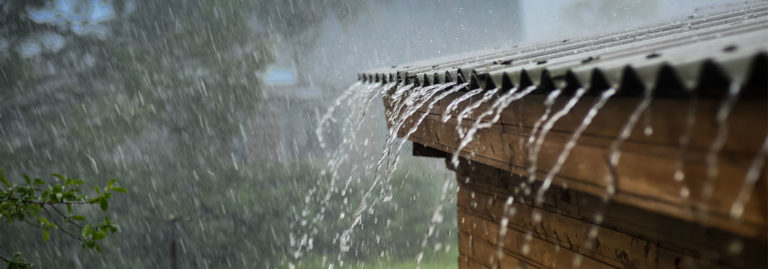What Humidity Level Should My Home Be?
Having a comfortable home means more than just keeping it warm or cool throughout the year. Humidity also plays an important role in home comfort. Too much or too little can leave you feeling uncomfortable, among other problems it can cause.
Why Humidity Matters
You might have heard your HVAC technician talk about “absolute humidity” and “relative humidity.” Before we get into how humidity levels can impact how you feel, let’s point out the differences between the two:
- Absolute humidity refers to the mass (or amount) of water currently in the air relative to the air around you, usually measured in grams per cubic meter (or g/m³).
- Relative humidity focuses on current moisture levels, usually expressed in percentages. This is the measurement that most people are familiar with.
Too much humidity leaves the air in your home feeling muggy, heavy and even hard to breathe at times. It can also cause explosive growth of mold and mildew, plus dust mites also thrive in overly humid environments — definitely not an ideal situation for asthma and allergy sufferers. During the winter months, overly humid air can make rooms feel cold and clammy.
Too little humidity can make the air feel dry and harsh on the skin, especially during the winter months. It’s not uncommon to experienced chapped lips, dry skin or even excessive amounts of static electricity due to an overly dry indoor environment. Too little humidity can even cause nosebleeds in some people.
Unbalanced humidity levels can also do damage to wood furnishings, whether it’s swelling and rot due to too much humidity or shrinkage and cracking due to too little humidity.
Ideal Humidity Levels
Ask any expert about ideal humidity levels and you’ll a variety of different answers. To keep things simple, most experts recommend maintaining humidity levels around 50% to 60% during the summer months. During the winter, you’ll want to keep those levels within the 35% to 50% range. Your ideal humidity levels may vary depending on your location, home size, home layout, etc.
Most residential thermostats can’t read humidity levels, but that’s where a humidistat comes into play. These wall mounted units look just like thermostats, but they’re designed to measure relative humidity. When hooked up to a humidifier or HVAC system with similar functionality, a humidistat can help manage humidity levels for the optimal amount of comfort and efficiency.
Modern smart thermostats can measure relative humidity, but lack the ability to control humidity levels. Another option is to use an inexpensive hygrometer to measure humidity levels throughout your home.
Ways to Adjust Humidity
Dealing with hot, muggy air? Your AC system acts as a dehumidifier of sorts, removing small amounts of moisture from the air as it passes through the unit. If you’re dealing with overly humid air, however, you can use a portable dehumidifier to remove moisture on a room-by-room basis.
Conversely, a portable humidifier can help add moisture to dry indoor air during the winter months. You can also invest in a whole house humidifier designed to balance humidity levels throughout your entire home. These units are usually installed as part of the HVAC system and use the same ducting. Some whole house humidifiers use steam to add moisture while others use the residual heat from the furnace. Others use pads soaked in water in conjunction with fans to blow water particles through the ducts.
Ready to take control of your home’s humidity? Contact Airrific today to learn more about our humidity control solutions.








